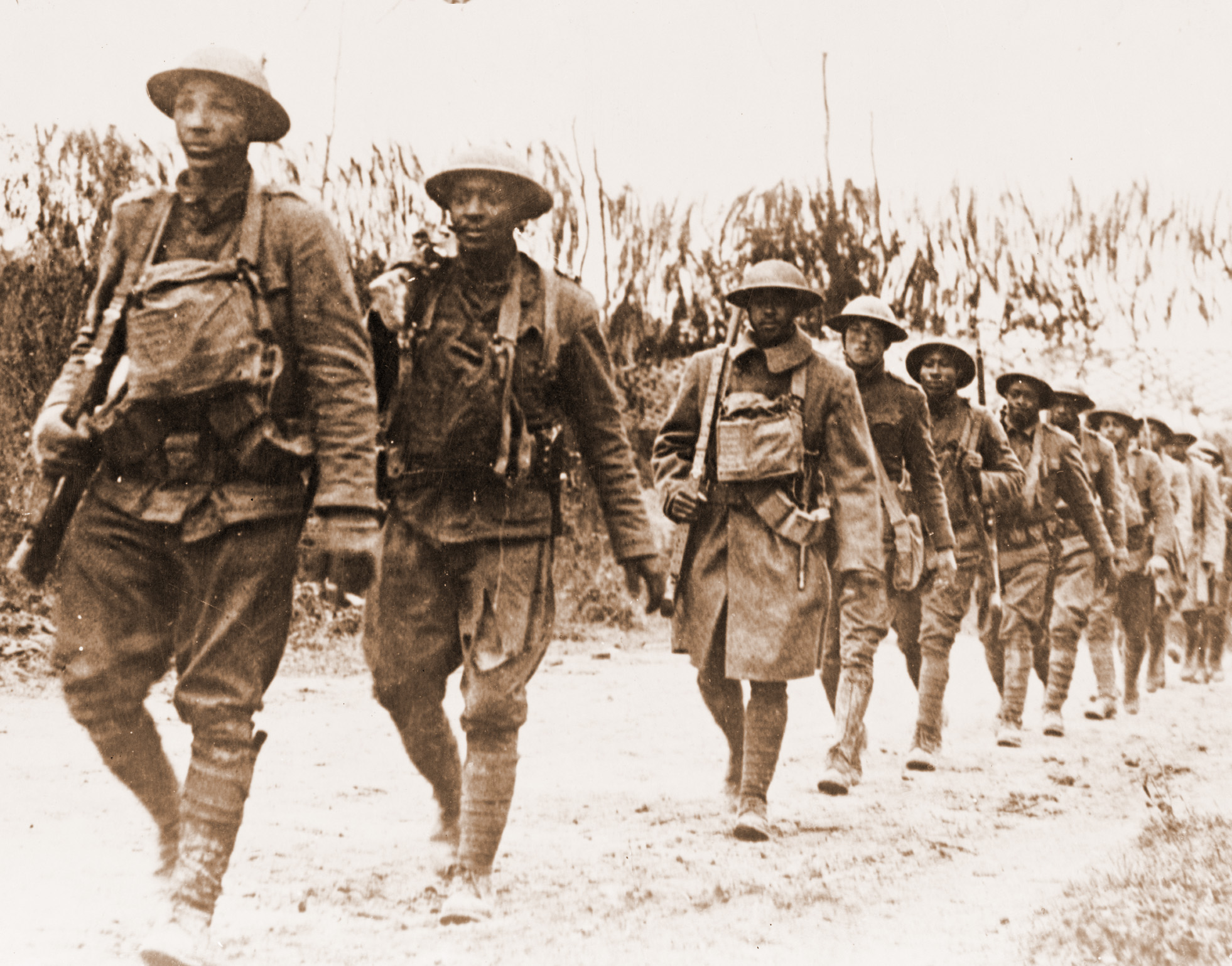
In the summer of 1914, the assassination of the heir to Austria-Hungary's throne triggered a chain of events that eventually plunged Europe into all-out war. The conflict, which began in Europe, soon engulfed regions as distant as the Middle East, drawing major powers into opposing alliances. The Central Powers, led by Germany, Austria-Hungary, and the Ottoman Empire, clashed with the Allies, consisting primarily of France, Great Britain, and Russia.
Initially, the United States opted for neutrality, though individual Americans harbored sympathies for either side. Many Americans provided support through relief efforts, volunteering as ambulance drivers, nurses, and even pilots and soldiers. President Woodrow Wilson advocated strongly for maintaining American neutrality, which most citizens supported.
However, events in early 1917 shifted American sentiments. Germany's decision to resume unrestricted submarine warfare, disregarding civilian and neutral vessels, sparked outrage. This sentiment intensified when intercepted communications revealed Germany's proposal to Mexico, offering lost territory in exchange for support against the United States. These developments prompted a significant shift in American attitudes towards intervention in the conflict.
Starting in 1917, the United States made substantial contributions in terms of supplies, raw materials, and financial support. Under the command of General of the Armies John Pershing, the American Expeditionary Force (AEF) deployed troops at a staggering rate of 10,000 men per day to the Western Front during the summer of 1918. Throughout the war, the U.S. mobilized over 4 million military personnel, with a casualty toll of 65,000. This period also witnessed a considerable expansion of the United States government as it sought to coordinate the war effort, along with a significant increase in the size of the U.S. Armed Forces.
The U.S.A. World War I Primary Source Subject Guide presents a curated collection of original documents, photographs, and personal accounts, offering a firsthand glimpse into America's involvement in the Great War. Through these sources, readers gain insight into the social, political, and military aspects of the conflict, enhancing their understanding of this significant chapter in history.
:quality(70)/arc-anglerfish-arc2-prod-mco.s3.amazonaws.com/public/HVGQY6IMNNABZIWRCBKY5WUZGU.jpg)








 American Industry in the War: A Report of the War Industries Board (March 1921)
by
United States. War Industries Board
American Industry in the War: A Report of the War Industries Board (March 1921)
by
United States. War Industries Board
 Chemical warfare in World War I : the American experience, 1917-1918
by
Heller, Charles E., 1943-; United States Army Command and General Staff College. Combat Studies Institute.
Chemical warfare in World War I : the American experience, 1917-1918
by
Heller, Charles E., 1943-; United States Army Command and General Staff College. Combat Studies Institute.
 Columbia War Papers
by
Walter B. Pitkin et al.
Columbia War Papers
by
Walter B. Pitkin et al.
 Combat and construction : U.S. Army engineers in World War I
by
Randall M. Miller
Combat and construction : U.S. Army engineers in World War I
by
Randall M. Miller
 Foreign relations of the United States United States. Department of State.
by
United States
Foreign relations of the United States United States. Department of State.
by
United States
 Foundations of military pilot selection systems : World War I
by
Damos, Diane L.; U.S. Army Research Institute for the Behavioral and Social Sciences. Rotary-Wing Aviation Research Unit.
Foundations of military pilot selection systems : World War I
by
Damos, Diane L.; U.S. Army Research Institute for the Behavioral and Social Sciences. Rotary-Wing Aviation Research Unit.
 The Intimate Papers of Colonel House Arranged as a Narrative by Charles Seymour
by
Edward Mandell House
The Intimate Papers of Colonel House Arranged as a Narrative by Charles Seymour
by
Edward Mandell House
 World War I Battlefield Companion
by
American Battle Monuments Commission Staff (Contribution by)
World War I Battlefield Companion
by
American Battle Monuments Commission Staff (Contribution by)





Florida Atlantic University Libraries
777 Glades Road
Boca Raton, FL 33431
(561) 297-6911
